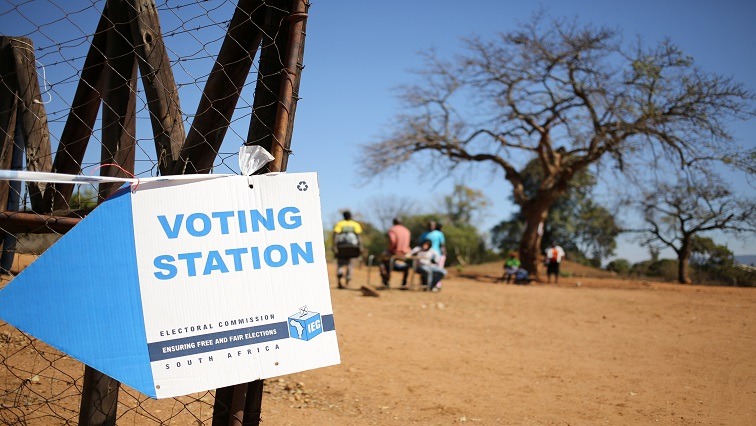By Hope Ntanzi
With 21 days to go until the May 29 elections, understanding the three ballots and their regional variances is crucial for ensuring smooth and informed participation in the democratic process.
Previously, ballots were sent to voters for the provincial legislature and the National Assembly separately.
However, voters will now receive three distinctly coloured ballots to mark one on each of the following: the provincial ballot for the provincial legislature, the national ballot for the National Assembly, and the regional ballot, also for the National Assembly.
This is how the new double column ballot will look for the 2024 elections.IOL explores the three main types of voting ballots used in South Africa:
National ballotThe National Assembly ballot allows voters to choose a political party of their choice for representation in the National Assembly rather than individual candidates.
The ballot will be the same for the entire country. The national ballot will be blue. The national ballot excludes independent candidates.
Regional ballot
The regional ballot is the new ballot which includes independent candidates. This ballot allows voters to select either an independent candidate or a political party of their choice for representation in the national assembly.
This ballot is province specific and is designated for the selection of independent candidates or political parties to fill the regional seats reserved in parliament for that particular region. The regional ballot will be orange.
Provincial ballotThe provincial ballot allows voters to choose independent candidates or political parties for representation in the provincial legislatures. This ballot is specific to each province. The Provincial ballot will be pink.
According to the Electoral Commission of South Africa (IEC), there will be 400 seats in the National Assembly and will be as follows:
The national ballot will determine the 200 of 400 seats in the National Assembly in portion to the number of votes received by the given party.
The regional ballot determines the other 200 seats reserved for regions in the National Assembly. Moreover, these 200 seats will be divided into nine provinces based on population size.
The party or independent that a voter is supporting must be marked once on each of these three ballots. The IEC states that 'One ballot paper, one mark' applies; otherwise, the ballot will be deemed spoiled if it has multiple marks on it.
However, voters will be able to split their votes across the different ballots should they wish to do so.








